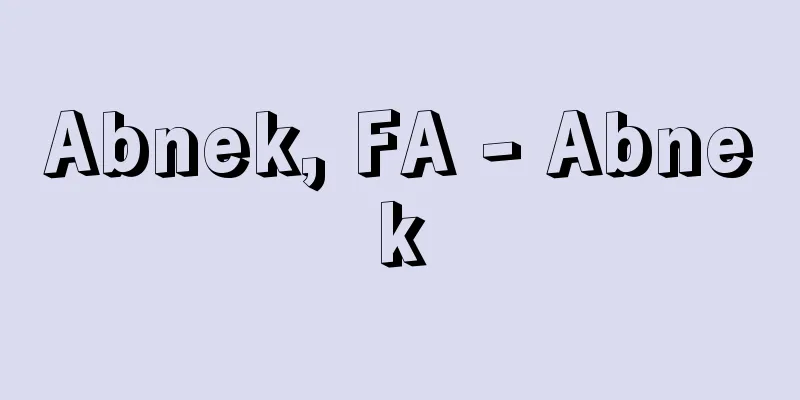Hokkeji Temple

|
A nunnery of the Shingon sect located in Hokkeji-cho, Nara City. In ancient times it was called the Temple of the Lotus Sutra, Himuro Palace, and Bikuni Palace. According to one theory, Todaiji Temple was designated as the main provincial temple and women were forbidden from visiting, so Empress Komyo moved her father Fujiwara no Fuhito's house and enshrined an eleven-headed Kannon statue there, making it a provincial nunnery off-limits to men. It later fell into decline, but in the Kamakura period Eison of Saidaiji Temple rebuilt it, and under his influence it became a branch temple of Saidaiji. It later fell into decline again and was called Ashuku-ji Temple, and the bathhouse that Empress Komyo once established as an annex to the temple fell into complete ruin. In 1601 (Keicho 6), Toyotomi Hideyori and his mother rebuilt the temple, and the daughter of the Konoe family became the chief priest as a nun's palace, leading to the current Koga Monzeki temple. The current main hall (a national important cultural property) was rebuilt by Hideyori. The principal image, a wooden carving of the eleven-faced Kannon (national treasure), is renowned as a masterpiece from the early Heian period and is said to be a portrait of Empress Komyo. Other famous works include the seated Vimalakirti (national important cultural property), the colored silk Amida Triad, and the portrait of a child (national treasure). [Mizumaro Ishida] "Ancient Temple Pilgrimage: Nara 3: Hokkeji Temple" (1979, Tankosha) Source: Shogakukan Encyclopedia Nipponica About Encyclopedia Nipponica Information | Legend |
|
奈良市法華寺町にある真言律宗の尼寺。古くは法華滅罪之寺(めつざいのてら)といい、また氷室(ひむろ)御所、比丘尼(びくに)御所などと称した。一説に、東大寺を総国分寺として女人の参拝を禁じたため、光明(こうみょう)皇后が父の藤原不比等(ふひと)の宅を移建して十一面観音(かんのん)を安置し、これを男子不入の国分尼寺としたという。のちに衰微したが、鎌倉時代に西大寺の叡尊(えいぞん)が再興、その影響により西大寺の末寺となった。その後、ふたたび衰微して阿閦(あしゅく)寺と称し、かつて光明皇后がこの寺に付属して設けた湯屋に至っては、まったく荒廃するに至った。1601年(慶長6)豊臣秀頼(とよとみひでより)母子により再建をみ、比丘尼御所として、近衛(このえ)家の息女が住持することとなり、現在の久我(こが)門跡に至っている。現在の本堂(国の重要文化財)は秀頼再建の建築。本尊の十一面観音木彫像(国宝)は平安初期の名作として名高く、光明皇后御影とされる。また維摩居士坐像(ゆいまこじざぞう)(国重文)、絹本着色阿弥陀(あみだ)三尊および童子画像(国宝)なども著名である。 [石田瑞麿] 『『古寺巡礼 奈良3 法華寺』(1979・淡交社)』 出典 小学館 日本大百科全書(ニッポニカ)日本大百科全書(ニッポニカ)について 情報 | 凡例 |
<<: Nichiren Buddhism - Hokkeshu
>>: Commentary on the Lotus Sutra - Hokkegisho
Recommend
《Vampire Bani》
...The vampires of Merimee and Gogol remained in ...
Shitekata - shitekata
The name of the roles of actors who play the shite...
Kanton
According to a 1990 survey, the proportion of Swi...
Tissue culture
… In vitro culture of animals can be broadly divi...
Asakusa
The name of a district in Taito Ward, Tokyo. In t...
Savage, MJ (English spelling) SavageMJ
...New Zealand then adopted its own foreign polic...
Corucia zebrata (English spelling)
… [Classification] The Skink family is a large gr...
Bretton Woods Agreements
The Bretton Woods Agreements were signed in 1944 ...
Sea bindweed
…Young shoots are edible, and the whole plant is ...
Long-tailed Tailor-Butterfly - Long-tailed Tailor-Butterfly
…Each clutch contains 3-6 eggs, with the female p...
Epsom Downs - Epsom Downs
…Horse racing began in the reign of James I and b...
Ebina Danjo - Ebina Danjo
A leading Christian teacher during the Meiji and ...
IISG
…A socialist document and archive in Amsterdam, w...
Gatun Locks - Gatunkoumon
" Las esclusas de Gatun " is one of the ...
Hankou - Sightseeing
Located in the eastern part of Hubei Province, Ch...



![Sutama [town] - Sutama](/upload/images/67cbf5c9cb446.webp)



![Taisei [town] - Taisei](/upload/images/67cc1816254ce.webp)

